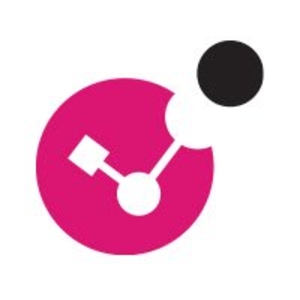The best features Check Point Application Control offers are the ability to identify thousands of applications and sub-functions, for example, Facebook Chat or Facebook Post, and user and group-based policy integration with AD, which made it possible to apply different application rules per department or user role. For example, allowing YouTube only for the marketing group, but blocking it for others, and seamless integration with URL Filtering and threat prevention work together with other blades to provide both application control and security against malware or data leaks. Bandwidth and QoS prioritization and the ability to not only block but also prioritize business-critical applications, for example, Office 365 or VoIP, are also standout features. The granular control offered by Check Point Application Control impacts my daily work and the organization as a whole by allowing our marketing team to access YouTube and Facebook for campaign work while other departments don't have that access. In the past, we either had to block everyone, causing friction and workarounds, or allow everyone, leading to productivity loss and bandwidth issues. With Check Point Application Control, we create a rule that allows YouTube and Facebook for the Marketing AD group but blocks these apps for all other users. Bandwidth for business-critical tools like Microsoft Teams and O365 is prioritized, and this helps us avoid a service impact. Marketing gets the access they need without raising tickets, while bandwidth-clogging from unnecessary video streaming is reduced, leading to fewer complaints for the IT team and better visibility into traffic. Using Check Point Application Control has definitely improved productivity and saved time for my team. Before implementing the rules, our IT helpdesk was getting 5-7 user tickets per week from employees either requesting access to blocked applications or reporting slow network performance due to streaming. After rolling out rule-based access and bandwidth prioritization, those tickets dropped to 1-2 per month.





